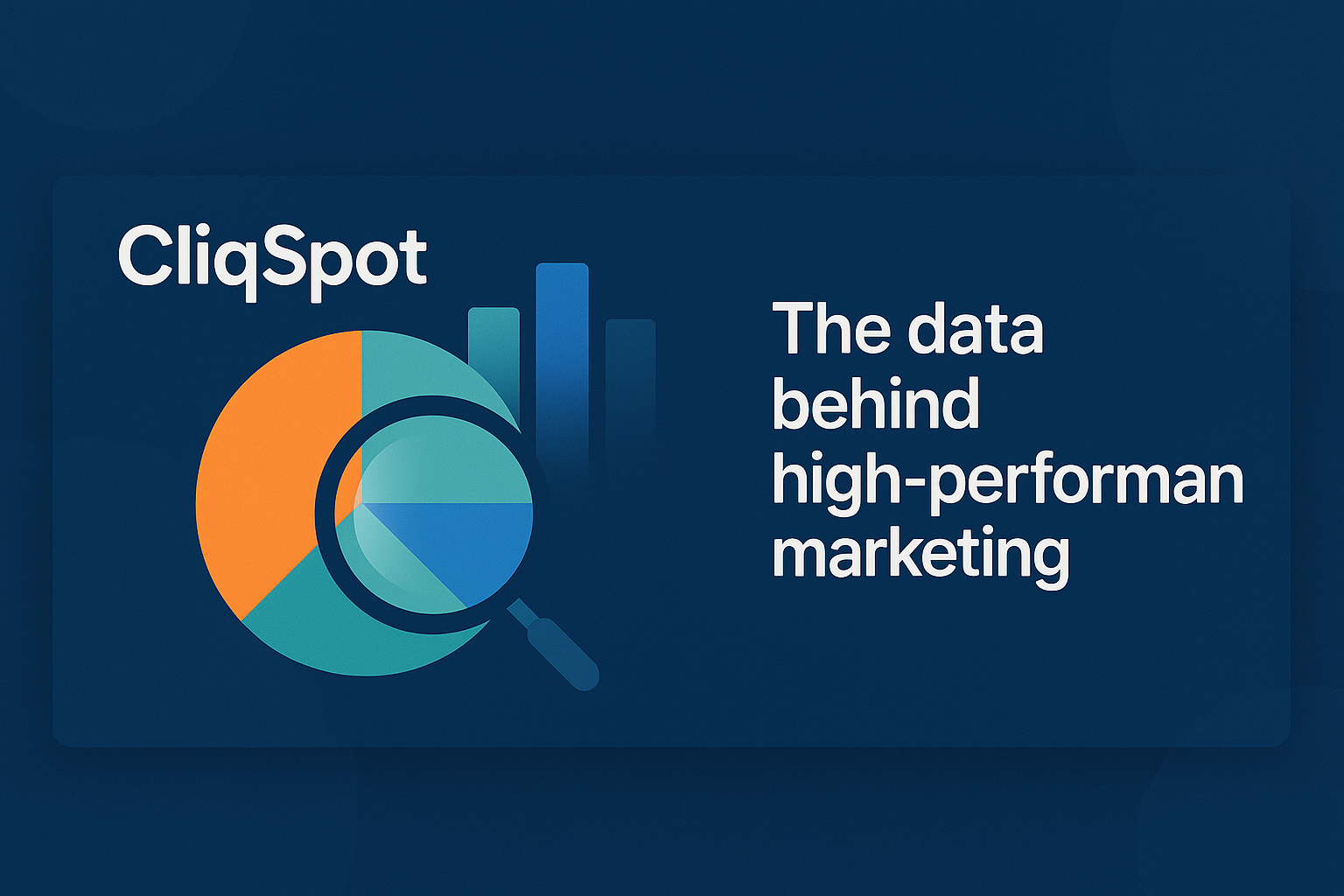Mid-sized companies face a hidden financial drain that rarely appears on executive dashboards or board presentations. Data debt—the accumulation of duplicate records, outdated entries, and inconsistent formatting across business systems—silently undermines decision-making processes and operational efficiency to the tune of millions of dollars annually.
According to Gartner’s 2024 enterprise data management study, 78% of mid-sized companies unknowingly lose $1.2 million or more each year due to unaddressed data quality issues. This figure represents not just direct costs, but the compounding effect of poor decisions made on unreliable information, missed opportunities from flawed customer insights, and operational inefficiencies that ripple through every department.
The challenge isn’t necessarily the cost of fixing data debt—it’s recognizing its existence and implementing strategic solutions before the damage becomes irreversible.
Understanding Data Debt: The Hidden Business Tax
Data debt manifests in seemingly minor inconsistencies that aggregate into major operational problems. Unlike technical debt, which affects software performance, data debt directly impacts business outcomes by corrupting the foundation upon which strategic decisions are made.
The most common forms of data debt include duplicate customer records that distort sales forecasting accuracy, incomplete data fields that invalidate reporting and analytics, and legacy data formats that prevent automation and integration between systems. These issues often develop gradually, making them difficult to detect until their impact becomes severe.
Research from Salesforce indicates that sales teams waste approximately 22% of their productive time reconciling and verifying bad data. This time cost translates directly into reduced revenue generation, as sales professionals spend hours each week cleaning data instead of engaging with prospects and customers.
Similarly, HubSpot’s analysis of marketing operations reveals that companies with poor data quality misallocate 35% of their advertising spend due to faulty customer segmentation and targeting. This misallocation not only wastes marketing budgets but also creates missed opportunities for revenue growth.
Real-World Impact: Beyond the Statistics
The effects of data debt extend far beyond statistical abstractions. A logistics company discovered that 17% of their customer records were duplicates, leading to confusion in service delivery, billing errors, and damaged customer relationships. After implementing a systematic cleanup process, the company shortened their average sales cycle by 11 days—a improvement that directly translated to increased revenue and improved customer satisfaction.
Another example involves a mid-sized manufacturing firm that discovered their product database contained over 400 variations of a single client’s company name. This inconsistency prevented accurate customer lifetime value calculations, skewed territory assignments, and created billing complications that required manual intervention for resolution.
Step 1: Quantifying Your Data Debt
The first step in addressing data debt involves understanding its scope and impact within your organization. This process requires a systematic audit of your primary data sources to identify inconsistencies, duplicates, and gaps.
Begin with what data professionals call the “3-File Audit”—a comprehensive examination of your Customer Relationship Management (CRM) system, marketing database, and financial records.
For your CRM audit, export all account records and analyze them for duplicate entries. Excel’s Remove Duplicates function can provide an initial assessment, though more sophisticated tools may be necessary for complex datasets. Additionally, examine critical fields such as Annual Contract Value to identify incomplete records that may be skewing revenue projections.
Your marketing database audit should focus on data quality issues that affect customer communication and segmentation. Check for invalid email addresses using email verification tools, and identify records with unassigned lead sources that prevent accurate marketing attribution.
Financial record examination involves cross-referencing customer identifiers between your Enterprise Resource Planning (ERP) system and CRM. Discrepancies often indicate synchronization problems that can lead to billing errors and customer confusion.
Step 2: Strategic Cleanup Using the 80/20 Principle
Data debt cleanup requires strategic prioritization to maximize impact while minimizing resource investment. The Pareto Principle applies effectively here—addressing the 20% of data issues that cause 80% of the problems will yield the greatest return on cleanup efforts.
Customer data should receive highest priority due to its direct impact on revenue generation. This includes merging duplicate customer records, standardizing company naming conventions, and ensuring consistent data formatting across all customer touchpoints.
Product data cleanup focuses on operational efficiency improvements. This involves fixing SKU mismatches that cause inventory problems, updating discontinued product information, and ensuring accurate product categorization for reporting purposes.
Financial data cleanup addresses compliance and reporting accuracy. This includes reconciling outdated tax codes, ensuring consistent chart of accounts coding, and verifying the accuracy of financial categorizations that affect regulatory reporting.
Several tools can facilitate this cleanup process. OpenRefine, an open-source data cleaning platform, provides powerful capabilities for identifying and correcting inconsistencies. Zapier offers automation features that can help merge duplicate records and maintain data consistency going forward.
Step 3: Preventing Future Data Debt Through Systematic Controls
Preventing data debt requires implementing systematic controls that address the root causes of data quality deterioration. This involves creating what data management professionals call a “3-Lock System” that prevents poor data from entering your systems, maintains data quality over time, and manages data lifecycle effectively.
Input controls focus on preventing bad data from entering your systems initially. This includes implementing required fields in your CRM to ensure critical information is captured, creating data validation rules that prevent obviously incorrect entries, and establishing standardized formats for common data elements.
Maintenance controls ensure data quality doesn’t deteriorate over time. This involves scheduling quarterly data health checks, implementing automated data monitoring systems, and establishing clear protocols for data updates and corrections.
Exit controls manage data lifecycle by automatically archiving inactive records and removing outdated information that could skew analysis and reporting.
A Software-as-a-Service company implemented mandatory field prompts and data validation rules, reducing data entry errors by 73% within six months. This improvement eliminated the need for manual data cleanup and significantly improved the accuracy of customer analytics and reporting.
The Business Case for Data Quality Investment
Companies that systematically address data quality issues see measurable improvements in business performance. Forrester Research indicates that organizations with high data quality standards achieve 19% higher profit margins compared to those with poor data management practices.
This performance improvement results from several factors: more accurate customer insights leading to better product development and marketing decisions, reduced operational inefficiencies from data reconciliation and error correction, improved customer satisfaction from accurate billing and service delivery, and enhanced regulatory compliance reducing legal and financial risks.
The investment required to address data debt is typically far less than the ongoing costs of poor data quality. Most mid-sized companies can implement effective data quality controls for less than $100,000 annually—a fraction of the $1.2 million average annual cost of data debt.
Implementation Timeline: 90-Day Action Plan
Effective data debt reduction can be achieved within a 90-day timeframe using a phased approach that balances immediate impact with long-term sustainability.
Days 1-30 should focus on assessment and planning. This includes conducting the 3-File Audit, quantifying the scope of data debt, and developing a prioritized cleanup plan based on business impact.
Days 31-60 involve implementing high-priority cleanup activities. This includes merging duplicate records, standardizing naming conventions, and correcting critical data gaps that affect daily operations.
Days 61-90 focus on establishing preventive controls and ongoing maintenance processes. This includes implementing data validation rules, establishing maintenance schedules, and training staff on data quality best practices.
Measuring Success: Key Performance Indicators
Success in data debt reduction should be measured through specific, quantifiable metrics that demonstrate business impact. These include data accuracy percentages, time savings from reduced data reconciliation, improved customer satisfaction scores, and enhanced decision-making speed.
Regular monitoring of these metrics ensures that data quality improvements are sustained over time and helps identify emerging issues before they become significant problems.
Conclusion: Data Quality as Competitive Advantage
Data debt represents a significant but addressable challenge for mid-sized companies. The costs of inaction—measured in lost revenue, operational inefficiency, and missed opportunities—far exceed the investment required for systematic data quality improvement.
Organizations that treat data quality as a strategic priority rather than a technical afterthought position themselves for sustainable competitive advantage. In an increasingly data-driven business environment, the ability to make decisions based on accurate, consistent information becomes a fundamental capability for long-term success.
The question isn’t whether your organization has data debt—it’s whether you’ll address it proactively or continue paying the hidden tax of poor data quality. The choice, and its financial implications, are clear.

Data-driven editor at CliqSpot, transforming raw analytics into actionable growth strategies for modern businesses.

Leave a Reply